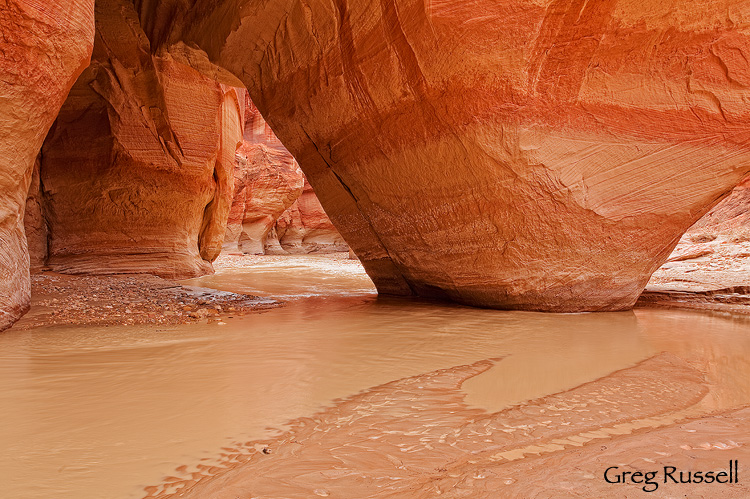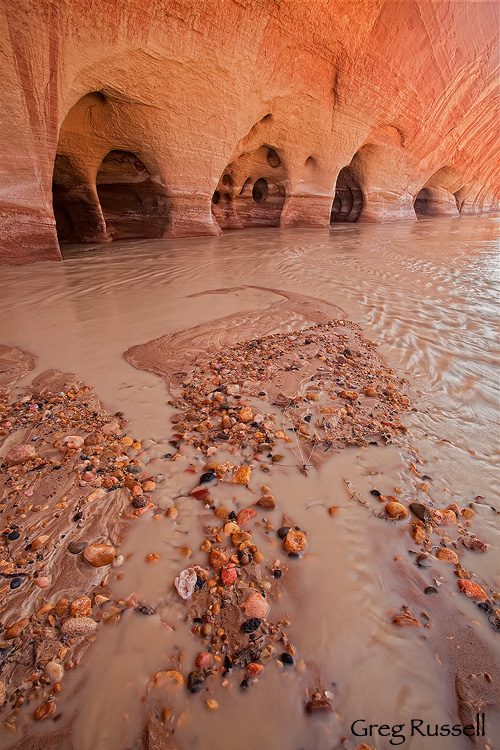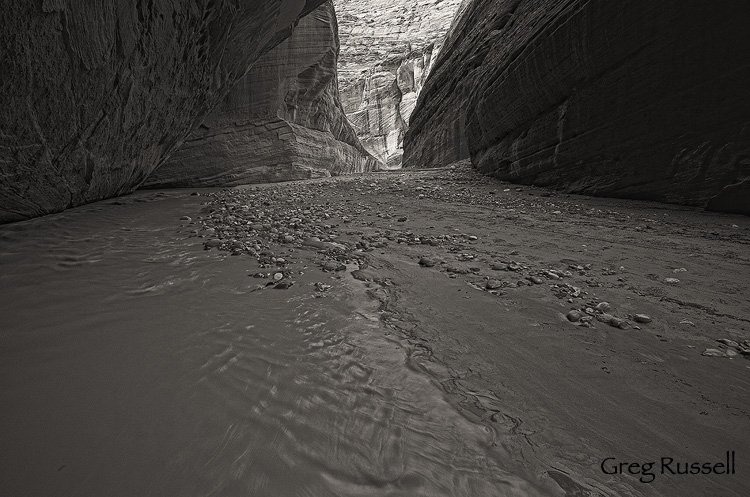In his 2005 essay My Conversation with Gurney Norman, Wendell Berry wrote:
On the mountain above Hardburley we stood and looked at the first working strip mine I ever saw. It had never occurred to me that people could destroy land with an indifference that perfectly matched the capability of their technology. The big machines were following the seam of coal around the mountain, leaving a high vertical wall like an open sore on one side and on the other the “overburden” of earth and rock thrown regardlessly down upon the forest and streams below.
This past weekend, and into today–Valentine’s Day–a small group of Kentuckians, including Wendell Berry, are sleeping at the Governor’s office of that state to protest the practice of mountaintop coal mining (which is different in practice, but not destruction, from the strip mining Berry describes above; link here). Their protest leads up to “i Love Mountains” Day, which is meant to bring awareness to this practice.
Earlier yesterday evening I was trying to come up with a post to help commemorate Valentine’s Day. Despite my better efforts, inspiration did not come (not for lack of material, mind you). As I read about i Love Mountains Day, inspiration struck: I have a Valentine’s Day post! So, what does mountaintop coal mining in the Appalachian Mountains have to do with me, and what could it possibly have to do with Valentine’s Day?
You see, even here in southern California, some of my electricity is supplied by coal that was mined in this fashion. I bet some of yours is too (click here to find out). When I was in Wyoming in December, I was able to see first-hand some areas of strip mining taking place near the town of Gillette; Berry’s description of the process is fitting. All of this serves as a perfect reminder of how we are all interconnected, sometimes in the most nonintuitive of ways. Often, this interconnectedness is pushed to the back of our minds, whether by accident, or for convenience’s sake.
I’m somewhat hesitant to post this as a one-sided, know-it-all, environmental rant for a couple of reasons. First, I can’t claim to be an expert on any type of coal mining, and although it hurts my heart to think about the earth being destroyed in such a way, I’m also a hypocrite. I happily use the electricity generated from that coal (I’m using it to write this blog post right now). Should I (we?) look for alternative sources of energy for our homes or communities? Absolutely. Again, that’s one of those things that often gets neatly swept under the rug when we’re too busy to deal with it.
Second, many of the people mining in Kentucky and elsewhere probably have a connection to the land rooted in many generations who have done just what they’re doing now. If, in fact, this practice is stopped, someone (many someones probably) is going to face the challenge of feeding his family. Is that a reason to continue with the status quo, with no opportunity or effort to find an alternative? Of course not. But it illustrates how few, if any, environmental issues are one-sided; they’re often multifaceted with no clear-cut solution.
Although I don’t have a solution, or even a suggestion for one, two points are clear to me. The first is that every action we take has far-reaching effects, often beyond our awareness. The second is that if we’re going to sustain of a quality of life for our future generations we absolutely must be cognizant of the ramifications of our actions.
Happy Valentine’s Day to you and yours. Despite my doom and gloom today, there’s much to be happy about! Make sure you tell your favorite mountain you love it today.

Tuolumne Meadows, August 2009




